" Mickey Gibbons has only lived with his1971 Ford Transit MK1 Canterbury Conversion for two years - but already its personality is burned into his hearts and minds. "Her name is Susan, Mickey tells me as we prepare to pull away "
Under Pressure
The challenges of training fire service response drivers.
“It’s like high-speed chess,” says Mo Davies.
The diminutive driving instructor looks a little out place, perched high up in the cab of a bright red, 15-ton lorry with blue lights on top. Looks are deceiving, however, for Davies is one of the most experienced blue light driver trainers at Kent Fire & Rescue Service, with more than 30 years of response driving under her belt.
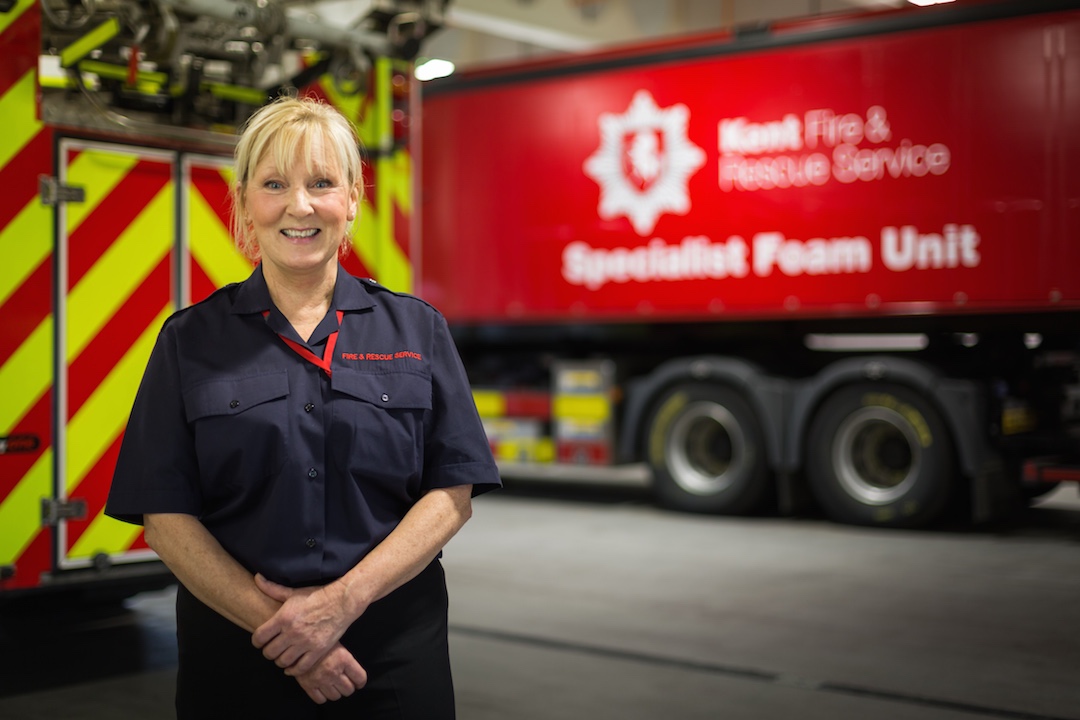
Training fire service drivers is no small task. Responding at all times of day or night and in all weather conditions, these drivers must be instantly alert and focused on the road to arrive at each incident as quickly but as safely as possible. That can be easier said than done when it’s 3am, the radio is chattering away loudly with updates from fire service control, and crew members are discussing the upcoming incident and possible tactics.
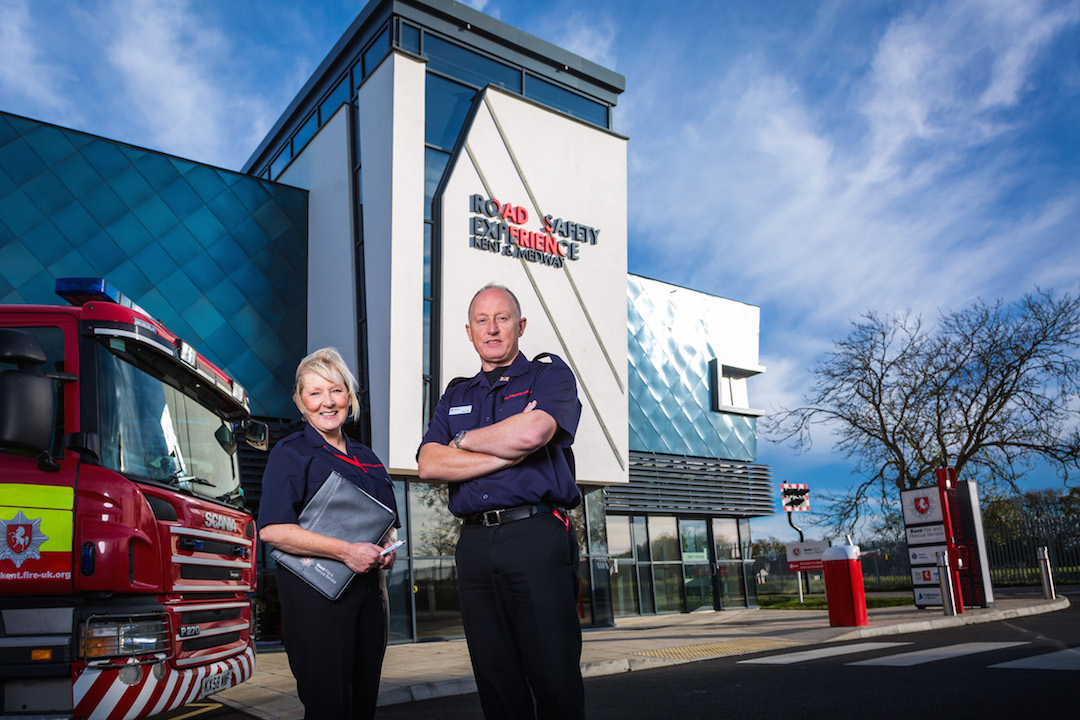
There are a thousand things going through drivers’ heads during a blue-light run, Davies points out: the best route to the incident, considering the size and manoeuvrability of their vehicle; reading the road far ahead to pick the quickest lines, maximise visibility, identify hazards and avoid sudden acceleration or braking wherever possible; ensuring that members of the public don’t feel intimidated; smoothing out the ride to keep the crew on board in the best frame of mind; and judging when to apply sirens and which to use (these appliances can have three different types of siren, suitable for different situations on the road).
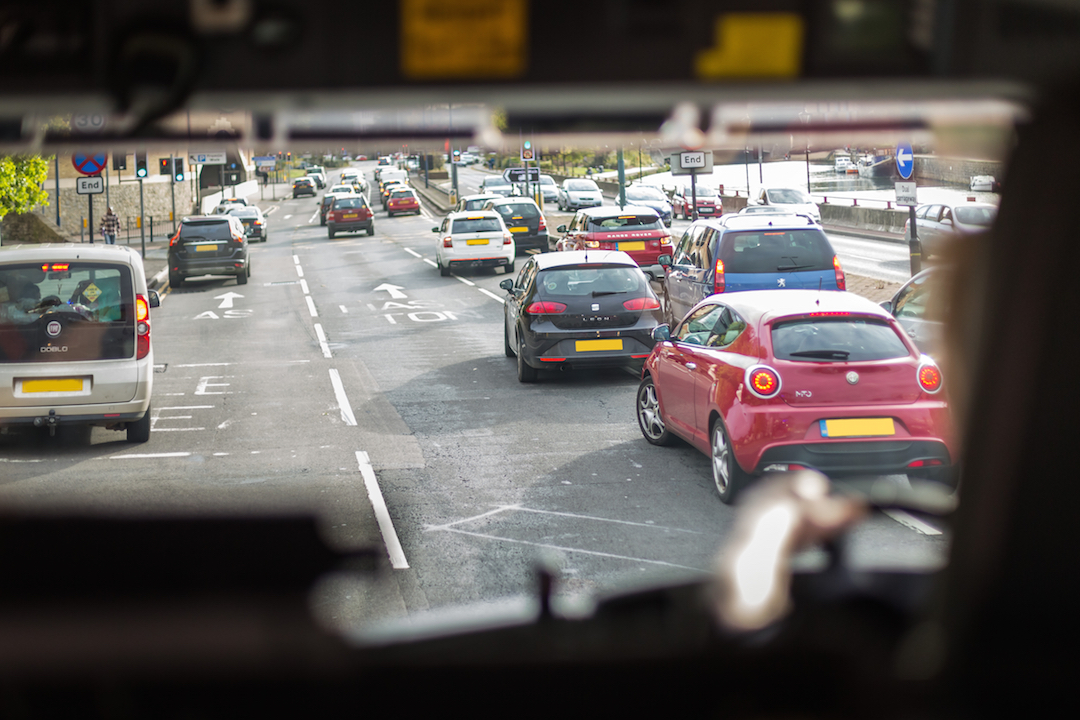
On arrival, the driver is often responsible for running the main pump to supply water, as well as locating and connecting to the nearest hydrant, handling all radio messages to fire service control, acting as entry control officer for breathing apparatus teams and more. It can be the busiest job on the fireground in the opening minutes of an incident.
And then, when it’s all over and regardless of what has happened at the scene, the driver must switch back into full alertness to ensure a safe journey back to station. It is not an easy role, nor a small responsibility.
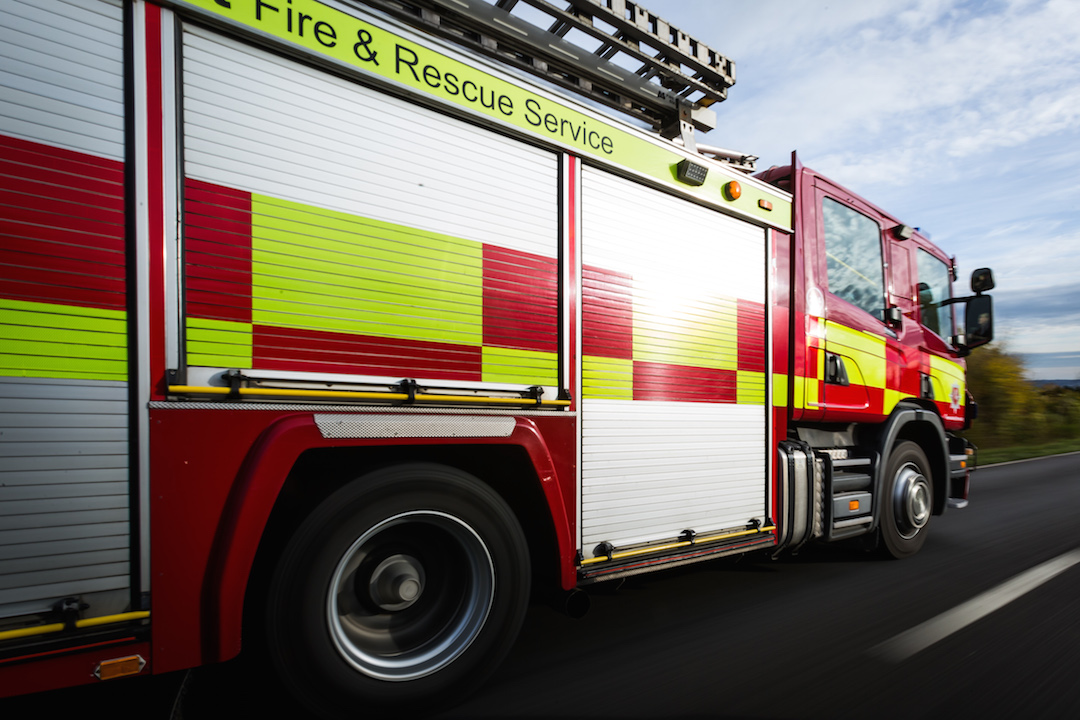
Despite being softly spoken, calm and gentle-mannered, Davies is nonetheless a commanding presence when she climbs behind the steering wheel of the Scania fire engine. Experience as both a police and fire service driving instructor clearly shows. Observers – and her students – cannot help but be awed by her ability to read the road ahead as clearly as a newspaper, to know in advance where the road is going, how the surface will affect the vehicle and how to match the speed of the vehicle to situations which are beyond the view of ordinary drivers.
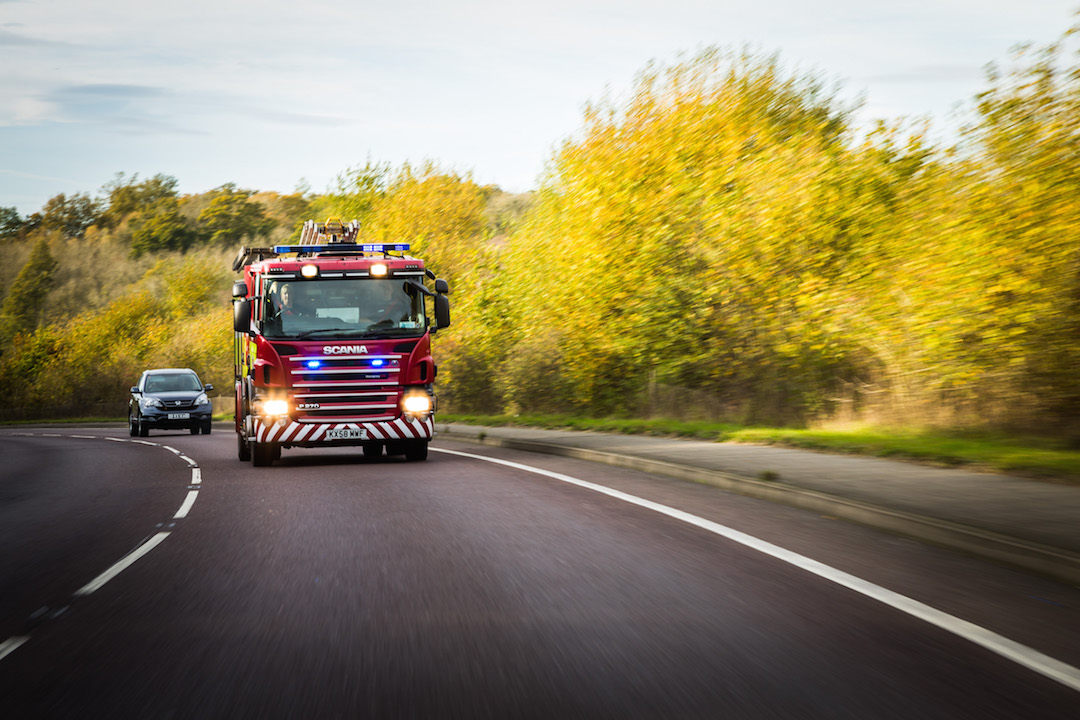
Fire service drivers often have no prior experience of driving large vehicles, so the fire service must first take them through a standard LGV course. This includes safe driving and various manoeuvring, and is assessed at theory and practical stage by the DVLA, just the same as with any other learner driver. It is a completely different prospect to driving an ordinary car, as any lorry driver will attest.
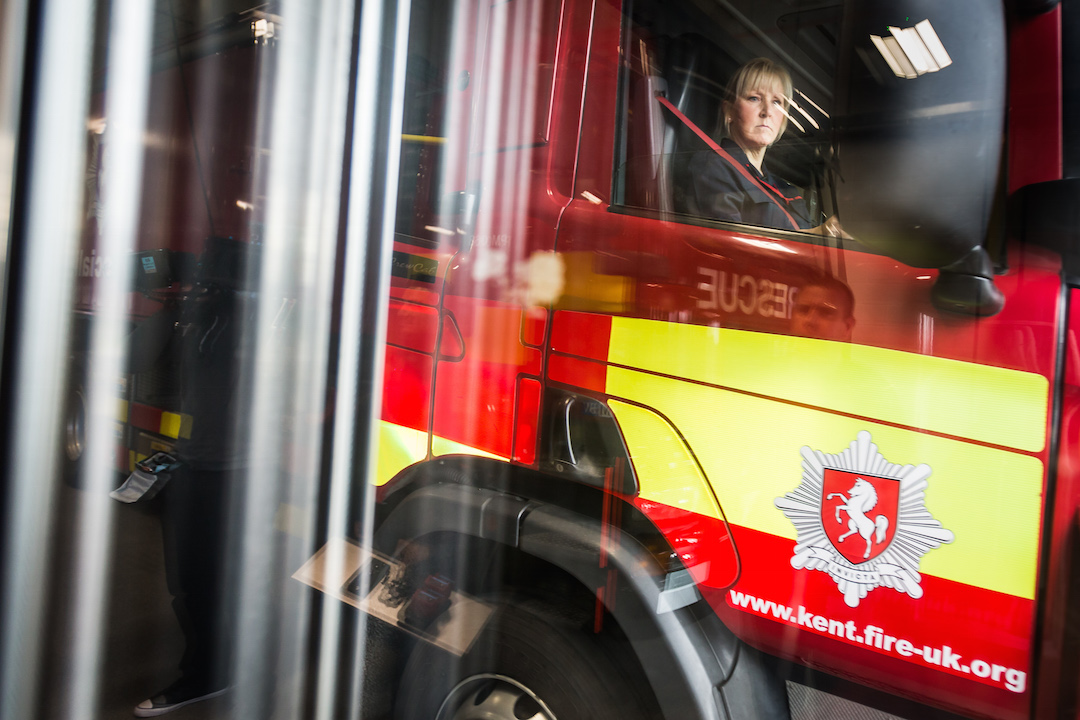
Then comes the two-week emergency response course, often referred to as “blues and twos” or by its fire service acronym, EFAD (emergency fire appliance driving). The first week focuses on advanced driving (indeed, all of the Kent Fire & Rescue Service driving instructors are certified as advanced driving inductors by the Institute of Advanced Motorists). It is extremely intense; many drivers learn here for the first time about driving on the “wrong” side of the road and “straightening out bends”, which may maximise visibility or prevent the vehicle becoming unstable. Driving at speed with a tank full of water on board – often around 1800 litres of liquid, depending on the appliance – is also an unsettling experience.
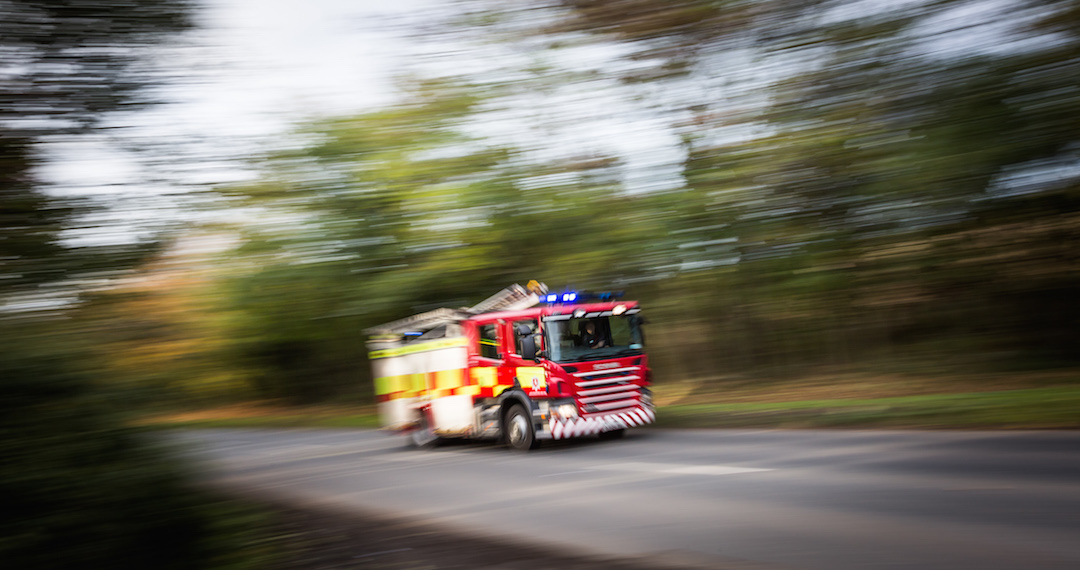
The second week is spent on blue light runs around the county on public roads. It is not something the fire service takes lightly, and the drivers under instruction are watched extremely carefully. Training takes place mostly during the day but some night-time driving is also included on the course.
Perhaps the biggest lesson fire service drivers take away from the course is that the best way to clear the road ahead is often to hang back, to wait. Once motorists are aware that the appliance is behind them, creating space and time will usually lead to them making the best decisions about where to pull over and wait. Trying to hurry through inevitably leads to panic and poor decision making on the part of those motorists.
Careful road positioning by the fire service driver can lead to members of the public moving out of the way, like pieces on a chessboard, to leave a clear passage for the fire engine.
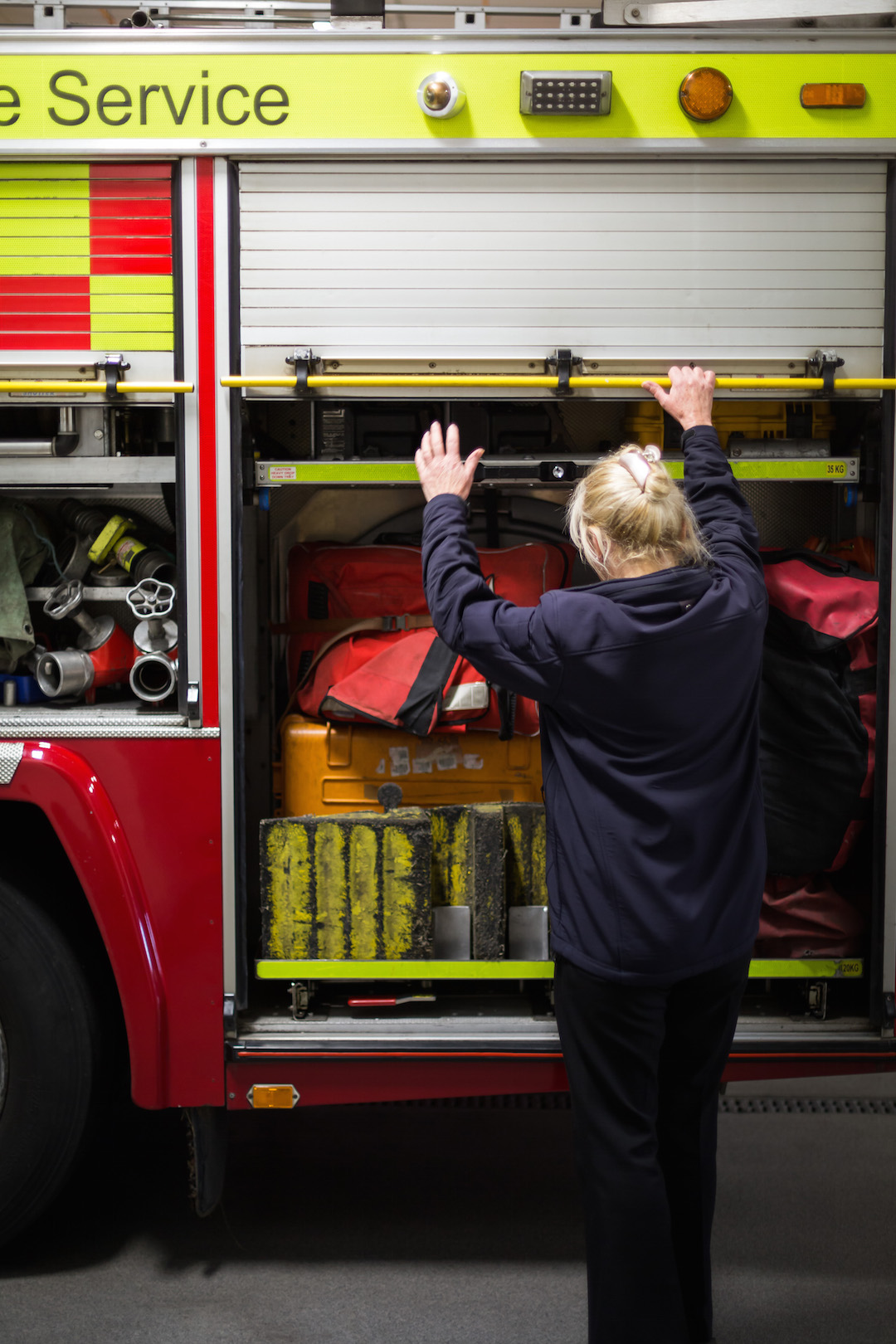
Images: Filip Gierlinski
CLICK TO ENLARGE










